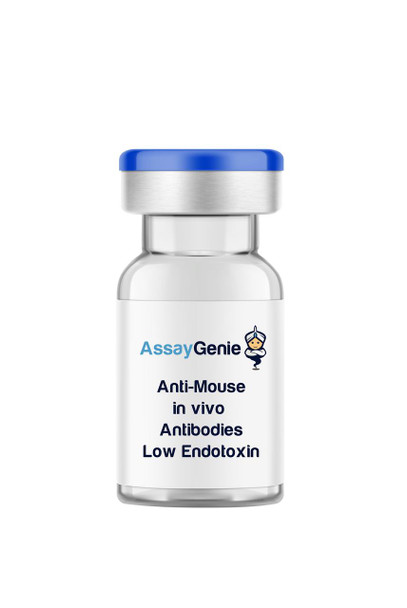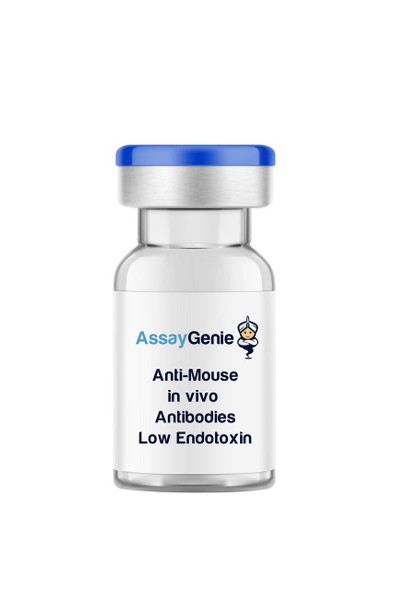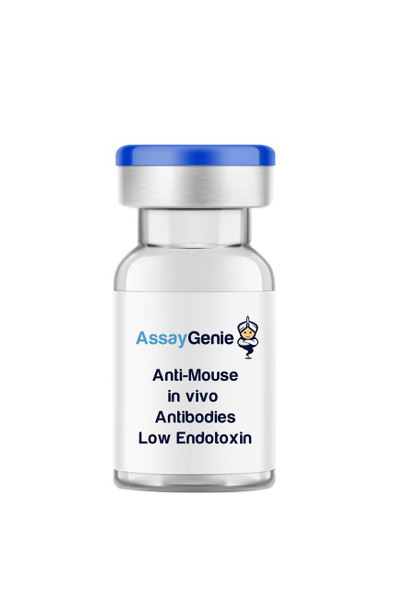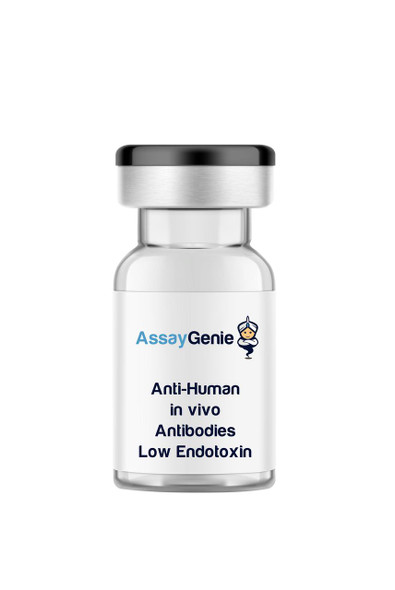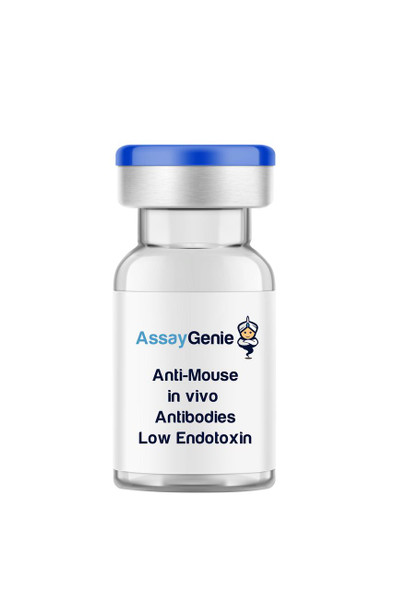Chikungunya virus (CHIKV) is a mosquito-transmitted alphavirus that causes epidemics globally and has been declared a notable disease by the CDC 1,2 . Symptoms include high fever, myalgia, rash, and severe polyarthritis which can persist for long after acute infection. CHIKV is an enveloped virus with an 11.8-kb single-stranded, positive-sense RNA genome with two open reading frames 3,4. There are three main genotypes, having 95.2 to 99.8% amino acid identity: Asian, West African, and East/Central/South African (ECSA). The mature CHIKV virion is comprised of a nucleocapsid protein C and two glycoproteins, E1 and E2 5. E1 participates in virus fusion. E2 functions in attachment to cells. E1 and E2 form 80 trimeric spikes on the virus surface 6.
Co-circulation of CHIKV with other arboviruses, such as dengue, Zika, Mayaro, and yellow fever, occurs in many countries, posing significant difficulties for diagnosis 2. Monoclonal antibodies (MAb) can be used both for diagnosis 7 and as a therapeutic agent 5,8,9. CHIKV can be rapidly detected by an immunochromatographic assay using MAbs against the CHIKV envelope protein 7. Additionally, MAb CHK-152 has been successfully used as a therapeutic agent in mouse 5 and macaque 9. CHK-152 activity is directed against the A domain of CHIKV E2 5 and likely neutralizes infectivity by inhibiting fusion 10.
MAb CHK-152 protects immunocompromised mice and macaque against CHIKV-induced mortality and disease, inhibiting all three CHIKV genotypes 5, 9. Viral loads are markedly reduced in serum, spleen, liver, muscle, and brain relative to controls and joint tissue appears normal 5, 8. Combination MAb therapy (CHK-102+CHK-152 or CHK-166+CHK-152), avoids the emergence of viral resistance (dominant single-mutation escape) in both mouse 5 and macaque models 9 and the treatment window is extended 5 . When humanized, hu-CHK-152 neutralizing activity and affinity for pE2-E1 are similar to mouse CHK-152 5.

